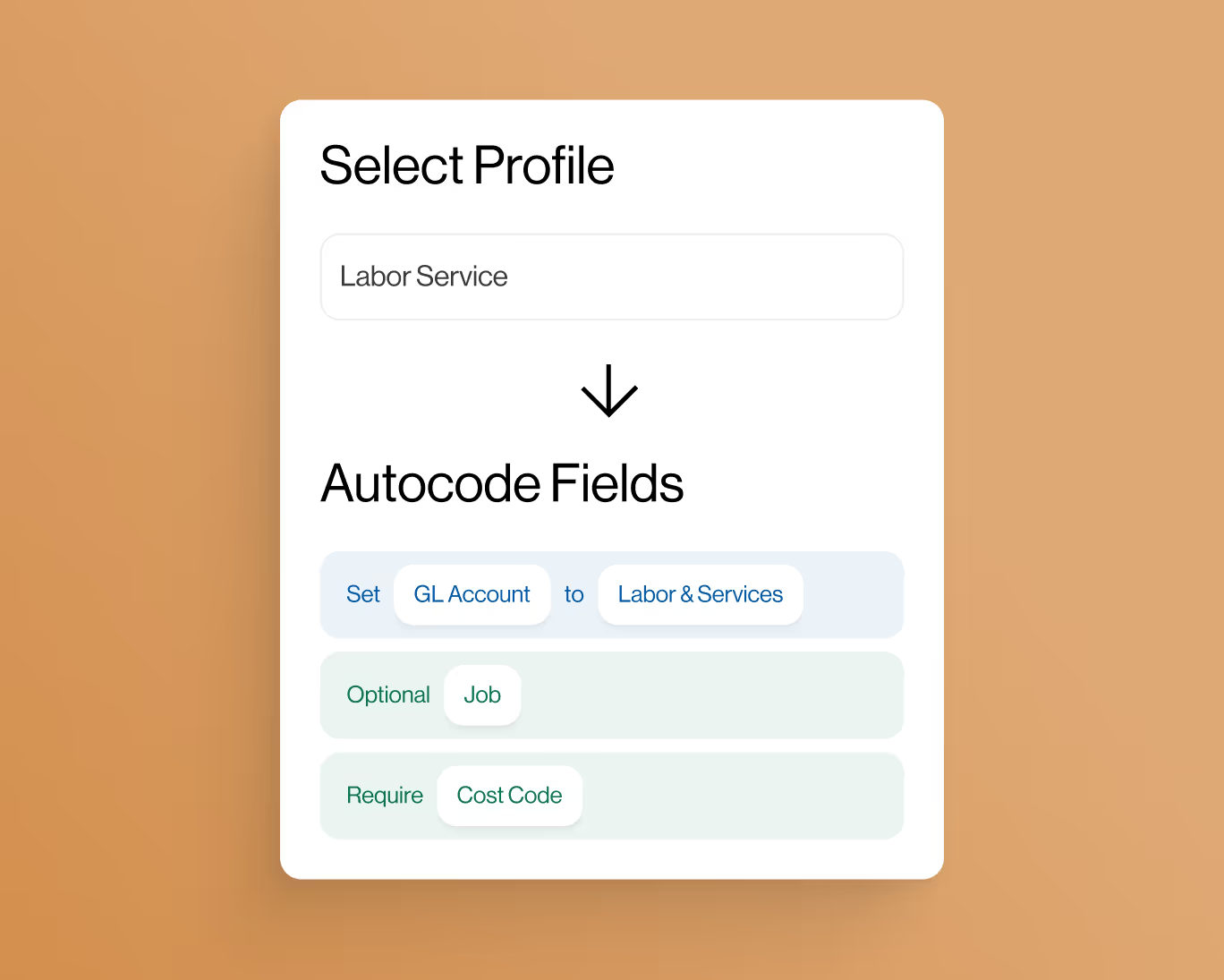Understanding Acid-Test Ratio (Quick Ratio) in the Construction Industry
In the realm of finance and accounting, ratios serve as vital tools to assess a company's financial health and operational efficiency. One such crucial ratio for the construction industry is the Acid-Test Ratio, also known as the Quick Ratio. In this blog post, we will delve into the significance of the Acid-Test Ratio and its relevance in the construction sector.
What is the Acid-Test Ratio?
The Acid-Test Ratio, or Quick Ratio, is a financial metric that evaluates a company's short-term liquidity and ability to meet immediate financial obligations without relying on inventory sales. This ratio excludes inventory from current assets as it is considered less liquid than other current assets like cash, accounts receivable, and short-term investments.
The Formula for Acid-Test Ratio
The formula to calculate the Acid-Test Ratio is straightforward:
Acid-Test Ratio = (Cash + Accounts Receivable + Short-term Investments) / Current Liabilities
Significance in the Construction Industry
For construction companies, the Acid-Test Ratio holds particular importance due to the unique nature of their projects. Construction projects often involve large sums of money, extended payment cycles, and varying levels of cash flow fluctuations. As a result, maintaining adequate liquidity becomes crucial for their survival and growth.
Quick Assessment of Financial Health
The Acid-Test Ratio provides a quick assessment of a construction company's financial health by focusing on short-term liquidity. A ratio greater than 1 indicates that the company can meet its immediate obligations without relying on selling inventory. This suggests a healthier liquidity position, reducing the risk of defaulting on short-term debts.
Reducing Dependency on Inventory
Construction companies may encounter difficulties in selling inventory quickly due to project-specific or seasonal factors. By excluding inventory from the ratio calculation, the Acid-Test Ratio offers a more accurate picture of a construction firm's financial situation. It ensures that the ratio is not skewed by the fluctuations in the value of inventory.
Determining Creditworthiness
Lenders, suppliers, and investors use the Acid-Test Ratio to assess a construction company's creditworthiness. A higher ratio indicates that the company is less reliant on inventory to cover its liabilities, making it more likely to meet its financial commitments. This can lead to improved credit terms and better relationships with suppliers.
Potential Limitations
While the Acid-Test Ratio is a valuable metric, it has some limitations. For construction companies, the ratio might not always present a complete financial picture. For instance, if a construction firm has significant long-term projects and has received advance payments, those payments may not be included in the ratio calculation, possibly leading to a lower ratio than the actual liquidity position.
Conclusion
In conclusion, the Acid-Test Ratio, or Quick Ratio, plays a crucial role in the construction industry by providing valuable insights into a company's short-term liquidity. Construction firms can utilize this ratio to assess their financial health, reduce dependency on inventory, and improve creditworthiness. However, it is essential to consider the context of individual construction projects to have a comprehensive understanding of the company's financial standing. By regularly monitoring and managing the Acid-Test Ratio, construction companies can better navigate financial challenges and ensure long-term success in the industry.










